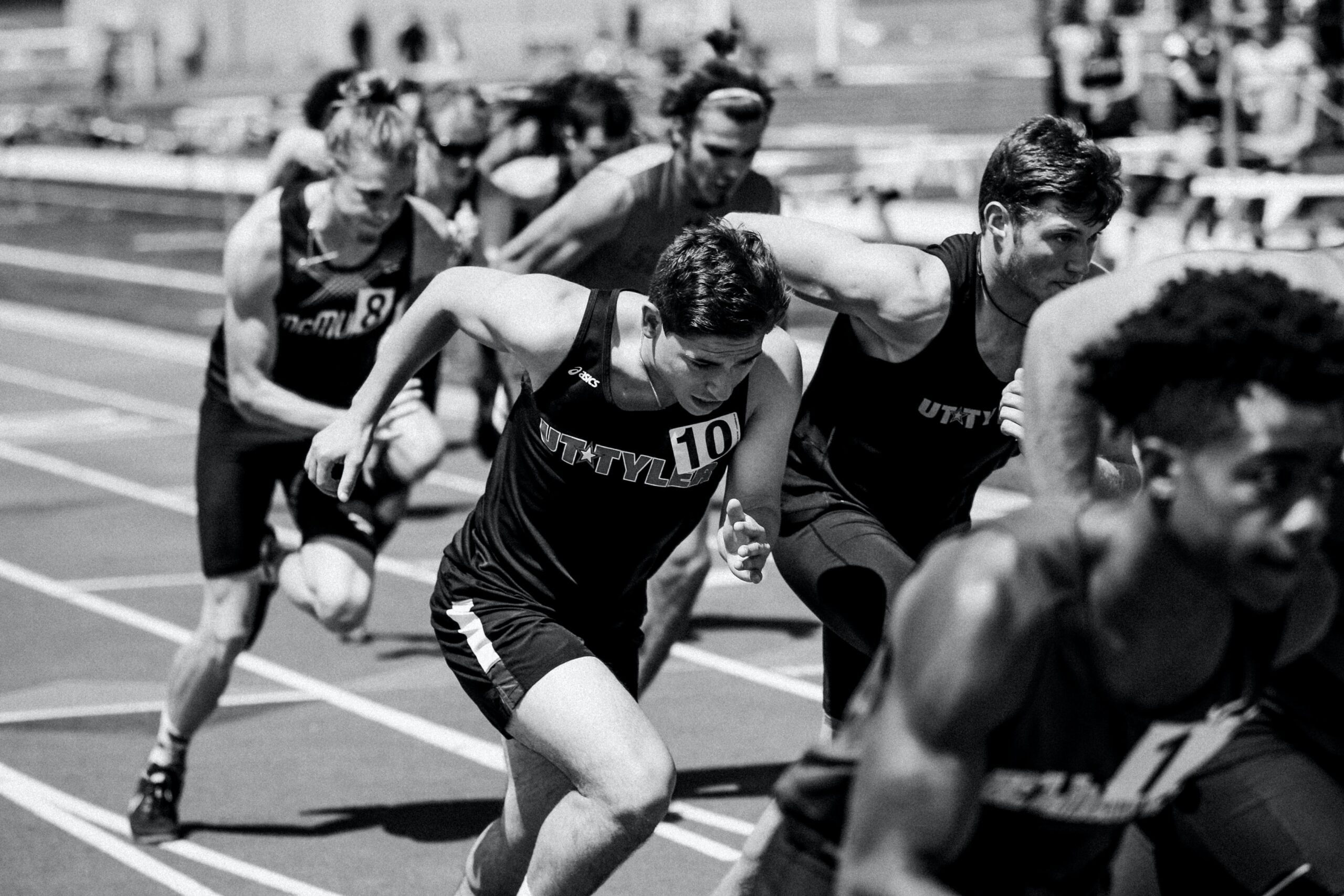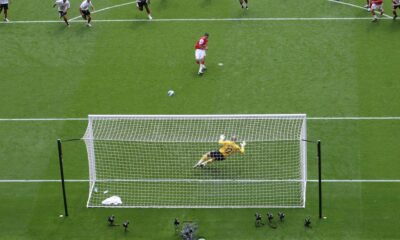Athletics
The Science Behind Athletic Performance: Understanding Sports Biomechanics

The Science Behind Athletic Performance: Understanding Sports Biomechanics
Sports biomechanics is a multidisciplinary field that combines principles from physics, engineering, and anatomy to analyze and enhance athletic performance. It explores the mechanical aspects of human movement in sports and provides valuable insights into optimizing techniques, preventing injuries, and maximizing athletic potential. By understanding the underlying principles of sports biomechanics, which are not as easy to comprehend as live blackjack online principles, athletes, coaches, and sports scientists can make informed decisions to improve performance and achieve greater success. This article delves into the intricacies of sports biomechanics, examining key concepts and their applications in enhancing athletic performance.
Biomechanical Analysis
Biomechanical analysis involves the measurement and evaluation of human movement during sports activities. This analysis aims to understand the forces, motions, and physical interactions that occur within an athlete’s body and with the surrounding environment. Sophisticated technologies such as motion capture systems, force plates, and high-speed cameras are utilized to collect accurate data for analysis.
Kinematics and Kinetics
Kinematics and kinetics are two fundamental components of sports biomechanics. Kinematics deals with the description of motion without considering the forces that cause it. It includes variables such as position, velocity, and acceleration. Kinetics, on the other hand, focuses on the forces acting on an athlete’s body and the resulting effects. It involves the study of force, torque, momentum, and energy.
Sports Performance Optimization
Biomechanical analysis plays a crucial role in optimizing sports performance. By examining an athlete’s movement patterns, experts can identify inefficiencies and make targeted adjustments to enhance performance. For example, in track and field events, analyzing an athlete’s running technique can reveal opportunities for reducing air resistance or improving stride length and frequency. In team sports like soccer, basketball, or rugby, biomechanical analysis can uncover areas for improvement in passing accuracy, shooting technique, or jumping ability.
Injury Prevention
Biomechanics also plays a vital role in preventing sports-related injuries. Through the analysis of movement patterns and loads experienced by the body, biomechanists can identify potential risk factors and develop strategies to minimize the occurrence of injuries. By understanding the forces acting on joints, ligaments, and tendons during specific movements, athletes and coaches can modify techniques or implement strengthening exercises to reduce the likelihood of injury.
Equipment Design and Modification
Sports biomechanics contributes significantly to the design and modification of sports equipment. By understanding the mechanics of the human body and its interaction with equipment, researchers can optimize gear to enhance performance and reduce injury risk. For instance, in cycling, advances in biomechanics have led to the development of aerodynamic bikes, helmets, and clothing, enabling athletes to overcome air resistance and achieve higher speeds.
Biomechanics in Specific Sports
Different sports have specific biomechanical considerations. Here are a few examples:
- Golf: Biomechanical analysis in golf can help golfers improve their swing mechanics, generate more power, and achieve better accuracy. Analyzing the kinematics and kinetics of the golf swing allows experts to identify faults, such as excessive hip rotation or early release of the wrists, and prescribe corrective measures.
- Basketball: Biomechanical analysis can aid basketball players in optimizing shooting technique, improving jump height, and enhancing agility. Understanding the biomechanics of shooting can lead to adjustments in release angles, hand positions, and follow-through motions, resulting in improved shooting percentages.
- Swimming: Biomechanics plays a vital role in swimming technique refinement. By analyzing factors such as body position, arm movements, and kick efficiency, swimmers can reduce drag, improve propulsion, and achieve faster race times. Biomechanical analysis has also contributed to the development of streamlined swimsuits and high-performance swimming gear.
Training and Rehabilitation
Biomechanics provides valuable insights for designing effective training programs and rehabilitation protocols. By analyzing an athlete’s movements, coaches and trainers can identify areas for improvement and develop targeted exercises to enhance performance. Biomechanical analysis can also guide the rehabilitation process by assessing movement patterns during injury recovery, ensuring a safe return to sport with reduced risk of reinjury.
In conclusion, sports biomechanics is a powerful tool for understanding and improving athletic performance. By analyzing the mechanics of human movement, researchers and practitioners can optimize techniques, prevent injuries, and develop superior sports equipment. Athletes and coaches can leverage biomechanical principles to refine their skills, enhance efficiency, and achieve peak performance levels. As technology continues to advance, the field of sports biomechanics will undoubtedly uncover new insights, leading to breakthroughs in sports performance and injury prevention.
We hope you enjoyed the article ‘The Science Behind Athletic Performance: Understanding Sports Biomechanics.’ Do you integrate biomechanics into your performances in sport? Let us know!
Read more on sports below:
- Greatest players in the NBA today
- Will Newcastle go down as one season wonders?
- The toughest athletes in sport
-

 News1 month ago
News1 month agoThe Best Male Tennis Players of All Time
-

 Uncategorised1 month ago
Uncategorised1 month agoWhat Dinosaur Has 500 Teeth?
-

 News1 month ago
News1 month agoThe Fastest Rugby Players Ever
-

 Football1 month ago
Football1 month agoThe Best Penalty Takers of All Time
-

 Football1 month ago
Football1 month ago10 of the most underrated footballers in the world right now
-

 Football1 month ago
Football1 month agoPlayers with the most goals in a Premier League season
-

 Football1 month ago
Football1 month agoWho is the Fastest Football Player in the World?
-

 Football1 month ago
Football1 month agoChelsea’s Possible Lineup For Next Season









